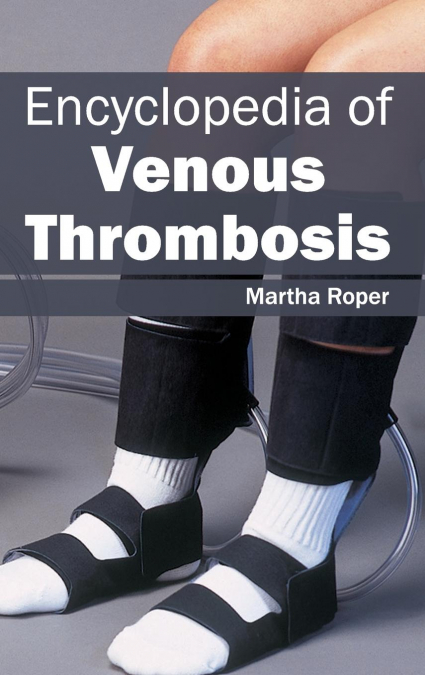
Martha Roper
This book consists of comprehensive information regarding venous thrombosis. According to Virchow’s triad, venous thrombosis can develop as a consequence of one or more of these factors: hypercoagulability, alterations in the movement of the blood flow, and endothelial injury/dysfunction of the blood vessel. Microscopic thrombi are continuously formed by blood in the veins and are regularly broken down by the body. Considerable amount of clotting can only occur when there is a disturbance in the balance between thrombus formation and resolution. This book is a detailed description of venous thromboembolism care and comprises of a compilation of opinions and studies from multifarious fields of medicine. Since venous thrombosis has a wide spectrum, it can affect many organ systems, from deep veins of the leg to the cerebral venous system. Therefore, this book is intended to be an extensive, up-to-date and comprehensive read. The aim of this book is to present novel ideas and perspectives reflected by clinical studies and case-reports conducted by authors. 3